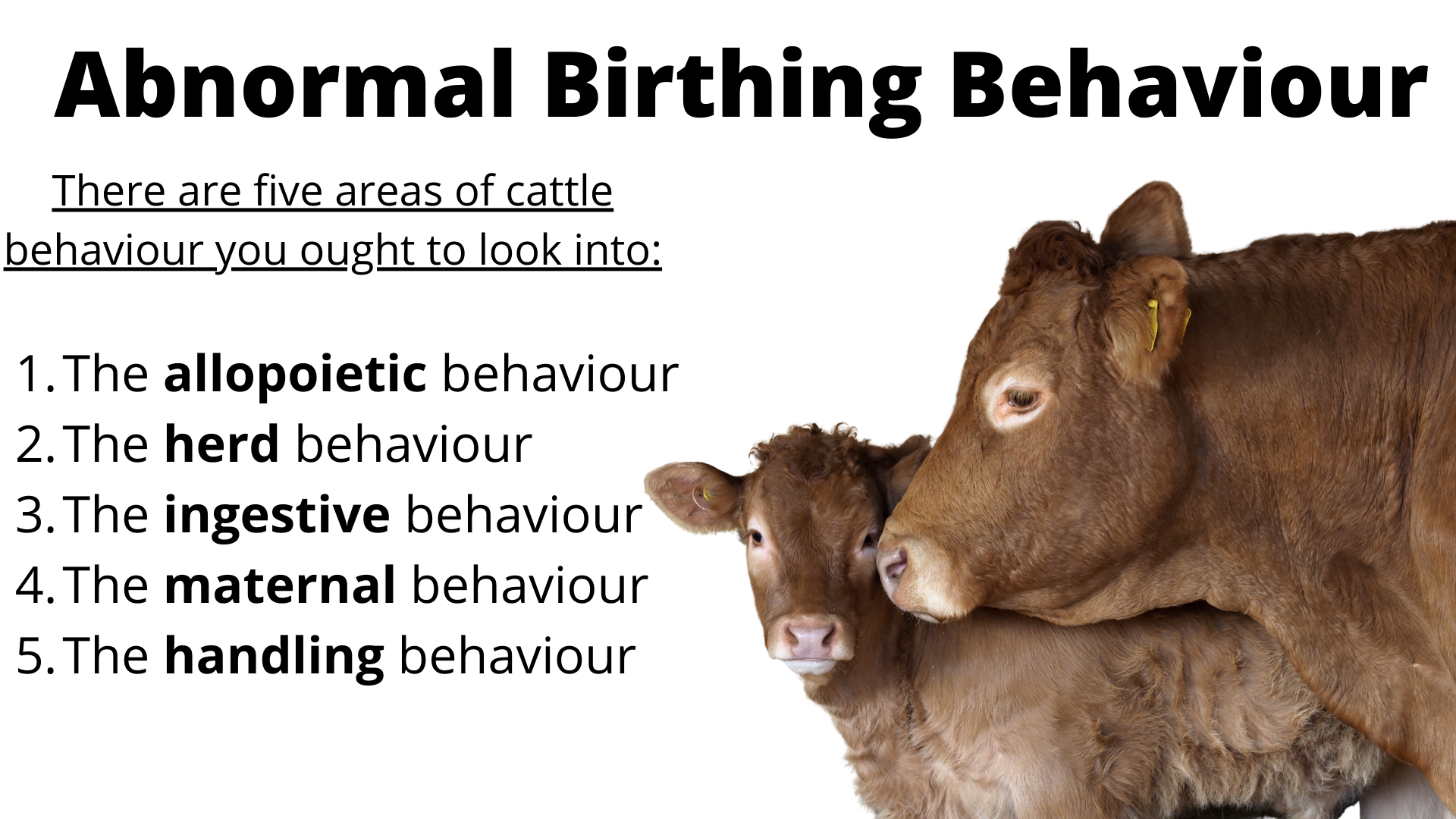Believe it or not, studying cattle behaviour absolutely pays off. Not only does it increase and help in the production you are hoping to attain, but it makes raising cattle a lot easier. When you understand their behaviour, you will also understand how they adapt to their surroundings. You will therefore learn how to manage them effectively as well.
You may now be asking yourself what causes cattle to produce poorly despite all that you have provided. It is stress. Stress affects cattle too, thereby producing poorly. It affects their immune system, and this will cost you more money. That is why learning about cattle behaviour is important because when you know how your cattle behave, you will know what stresses them.

There are five areas of cattle behaviour you ought to look into. First is the allopoietic behaviour. This is actually the starting point of cattle behaviour. It is most helpful if the animals are not confined. You can observe them when they are out in the field grazing pasture or simply resting. Because cattle are a herd, they function as a unit, you will be able to easily spot which among them might be sick or calving or displaying any abnormal behaviour.
Next is the herd behaviour. Cattle also form their own groups. Females group together as well as the males, and at times you get a mixed gender group. Having mixed genders often happen during mating season. Observing them in their groups will help you know how to group them without causing any unrest. You have to be considerate of all members of the cattle especially the bulls when they tend to be very aggressive.
Then there is the ingestive behaviour. This is probably the most important aspect for good production. When it comes to effectively feeding them, cattle behaviour during eating and drinking should be observed. First, you have to consider them as innately grazing animals. But if you want to add crop as part of their diet, that can be done too. Plan their diet ahead of time so that they will be able to adjust well. Just keep in mind to prioritise their health. Next, food must be easily accessible. And during feeding times when not out in the field, they should not be facing each other to avoid aggressive behaviours.
The last two areas of cattle behaviour are maternal and handling behaviour. You have to give special consideration to cows and calves during the following months after they're born. Cows tend to be very protective. And if they're not able to give protection, this causes a lot of stress on both mother and calf. And as for handling the entire cattle, the key is to remain calm. Do not fight with them because there will be many procedures like branding or ear tagging. They have to know that they'll be able to interact with humans peacefully.